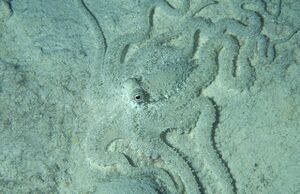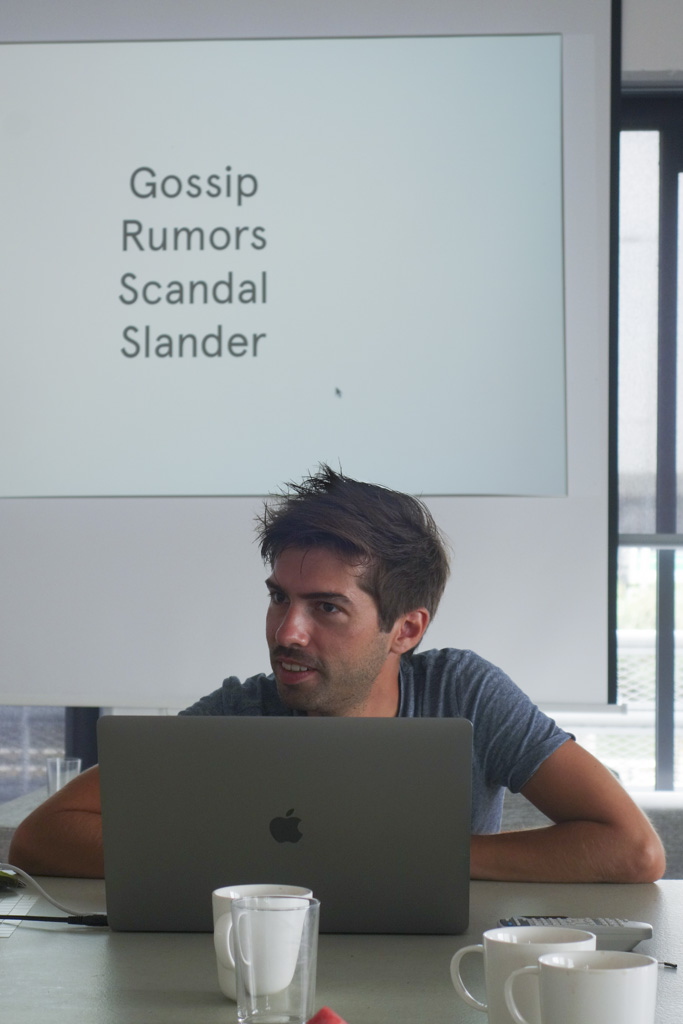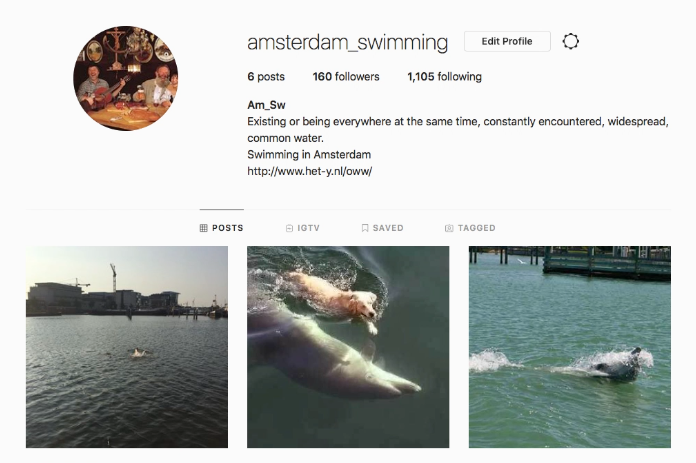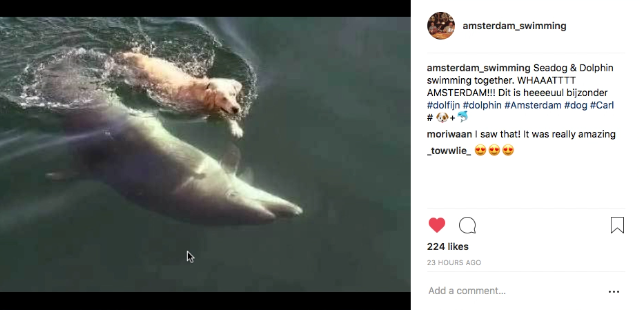Post-truth narratives: Difference between revisions
No edit summary |
m (Text replacement - "{{#ev:youtube\|(.*)}}" to "<htmltag tagname="iframe" width="1080" height="720" frameborder="no" src="https://www.youtube.com/embed/$1"></htmltag> ") |
||
| (4 intermediate revisions by one other user not shown) | |||
| Line 9: | Line 9: | ||
|Print=No | |Print=No | ||
}} | }} | ||
The workshop | [[File:Anotoninarturo.jpg|thumb]] | ||
The workshop was divided in two mirrored blocks, covering macro- and micro- aspects of post-truth narratives. The first block (macro-) focused mainly on approaches to discern the narrative structures of fake news, and present a research project of gossip as a communication device. This block was followed up with an open discussion to establish a common language, develop a shared context and make visible the stakes of fake news in everyday life. | |||
The second block (micro-) focused mainly on the relation between users and identities. Investigating how, in the play of hyper-targeted activities and highly personalised contents, selves have and could alternatively respond symbolically and functionalistically to be as well as access to information flux and knowledgeable materials. After this, the group discussed possible approaches to unify these two levels of reality, find the connections between the public sphere and the individual, and create –in a poetic, ethical or philosophical way– a personal approach towards our user-realities. | |||
[[File:Arturo.jpg]] | |||
During the day we mapped our online image and the flux of informations we share with the world and analysed it. We discussed gossip, rumours, scandals, slanders, hyperstitions and propaganda. | |||
<gallery> | |||
Postdrawing.jpg | |||
Postdrawing2.jpg | |||
Postdrawing3.jpg | |||
Postdrawing4.jpg | |||
</gallery> | |||
The outcome of the workshop was a collective discussion and multiple rumors that started to spread through a mysterious Truthbot in our Slack Channel and a very popular instagram account. | |||
===TruthBot [20 h 35] Omg! Speaking of Lucas LaRochelle , he told me yesterday that a dolphin washed up on the shore of Haparandadam 7. Crazy! === | |||
[[File:InstaSelby.png]] | |||
[[File:InstaSelby3.png]] | |||
'''Transactive memory and transindividuality''' | |||
Transactive memory is the memory of the group. It is the system that takes place in a group to avoid the weakness of the individual memory. According to Daniel Wegner, transactive memory which is a form of collective memory is a system that is more than its individual component systems. | |||
Transactive memory is a psychological hypothesis first proposed by Daniel Wegner in 1985 as a response to earlier theories of "group mind" such as groupthink.[1] A transactive memory system is a mechanism through which groups collectively encode, store, and retrieve knowledge. Transactive memory was initially studied in couples and families where individuals had close relationships but was later extended to teams, larger groups, and organizations to explain how they develop a "group mind",[1] a memory system that is more complex and potentially more effective than that of any of its individual constituents. A transactive memory system includes memory stored in each individual, the interactions between memory within the individuals, as well as the processes that update this memory. Transactive memory, on the other hand, is merely the shared store of knowledge. | |||
According to Wegner, a transactive memory system consists of the knowledge stored in each individual's memory combined with metamemory containing information regarding the different teammate's domains of expertise.[2] Just as an individual's metamemory allows them to be aware of what information is available for retrieval, so does the transactive memory system provide teammates with information regarding the knowledge they have access to within the group.[3] Group members learn who knowledge experts are and how to access expertise through communicative processes. In this way, a transactive memory system can provide the group members with more and better knowledge than any individual could access on their own. | |||
'''Transindividuation.''' | |||
The transindividual is neither the "I" (the individual) nor the "we" (the interindividual), it is the co-individuation of the I and the we in a preindividual environment (where the meanings borne by lifestyles). | |||
The transindividuation is the transformation of the I by the us and of us by the I, which is from the outset and in the same movement the trans-formation of the symbolic environment within which only I can meet as a us. | |||
The social in general is produced by transindividuation, that is to say by participation in associated environments where meanings are formed (meaning is between or through beings). | |||
<htmltag tagname="iframe" width="1080" height="720" frameborder="no" src="https://www.youtube.com/embed/yPpaRLFztAc"></htmltag> | |||
Latest revision as of 08:57, 30 January 2024
| Post-truth narratives | |
|---|---|
| Name | Post-truth narratives |
| Location | De Bonte Zwaan |
| Date | 2018/07/25 |
| Time | 10:00-17:00 |
| PeopleOrganisations | Antonin Giroud-Delorme, Juan Arturo García |
| Type | HDSA2018 |
| Web | Yes |
| No | |
The workshop was divided in two mirrored blocks, covering macro- and micro- aspects of post-truth narratives. The first block (macro-) focused mainly on approaches to discern the narrative structures of fake news, and present a research project of gossip as a communication device. This block was followed up with an open discussion to establish a common language, develop a shared context and make visible the stakes of fake news in everyday life.
The second block (micro-) focused mainly on the relation between users and identities. Investigating how, in the play of hyper-targeted activities and highly personalised contents, selves have and could alternatively respond symbolically and functionalistically to be as well as access to information flux and knowledgeable materials. After this, the group discussed possible approaches to unify these two levels of reality, find the connections between the public sphere and the individual, and create –in a poetic, ethical or philosophical way– a personal approach towards our user-realities.
During the day we mapped our online image and the flux of informations we share with the world and analysed it. We discussed gossip, rumours, scandals, slanders, hyperstitions and propaganda.
The outcome of the workshop was a collective discussion and multiple rumors that started to spread through a mysterious Truthbot in our Slack Channel and a very popular instagram account.
TruthBot [20 h 35] Omg! Speaking of Lucas LaRochelle , he told me yesterday that a dolphin washed up on the shore of Haparandadam 7. Crazy!
Transactive memory and transindividuality
Transactive memory is the memory of the group. It is the system that takes place in a group to avoid the weakness of the individual memory. According to Daniel Wegner, transactive memory which is a form of collective memory is a system that is more than its individual component systems.
Transactive memory is a psychological hypothesis first proposed by Daniel Wegner in 1985 as a response to earlier theories of "group mind" such as groupthink.[1] A transactive memory system is a mechanism through which groups collectively encode, store, and retrieve knowledge. Transactive memory was initially studied in couples and families where individuals had close relationships but was later extended to teams, larger groups, and organizations to explain how they develop a "group mind",[1] a memory system that is more complex and potentially more effective than that of any of its individual constituents. A transactive memory system includes memory stored in each individual, the interactions between memory within the individuals, as well as the processes that update this memory. Transactive memory, on the other hand, is merely the shared store of knowledge.
According to Wegner, a transactive memory system consists of the knowledge stored in each individual's memory combined with metamemory containing information regarding the different teammate's domains of expertise.[2] Just as an individual's metamemory allows them to be aware of what information is available for retrieval, so does the transactive memory system provide teammates with information regarding the knowledge they have access to within the group.[3] Group members learn who knowledge experts are and how to access expertise through communicative processes. In this way, a transactive memory system can provide the group members with more and better knowledge than any individual could access on their own.
Transindividuation. The transindividual is neither the "I" (the individual) nor the "we" (the interindividual), it is the co-individuation of the I and the we in a preindividual environment (where the meanings borne by lifestyles).
The transindividuation is the transformation of the I by the us and of us by the I, which is from the outset and in the same movement the trans-formation of the symbolic environment within which only I can meet as a us.
The social in general is produced by transindividuation, that is to say by participation in associated environments where meanings are formed (meaning is between or through beings).







